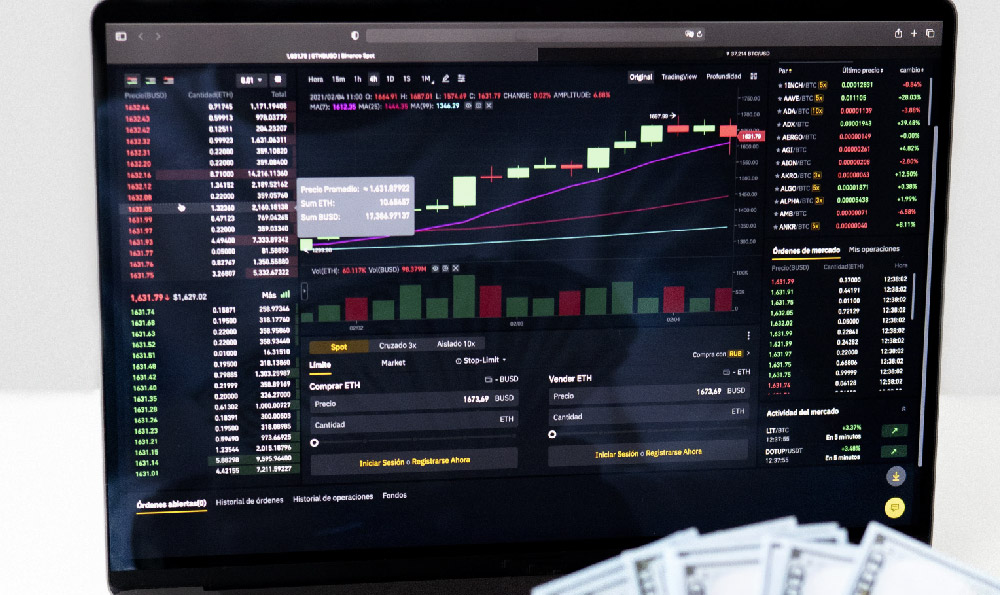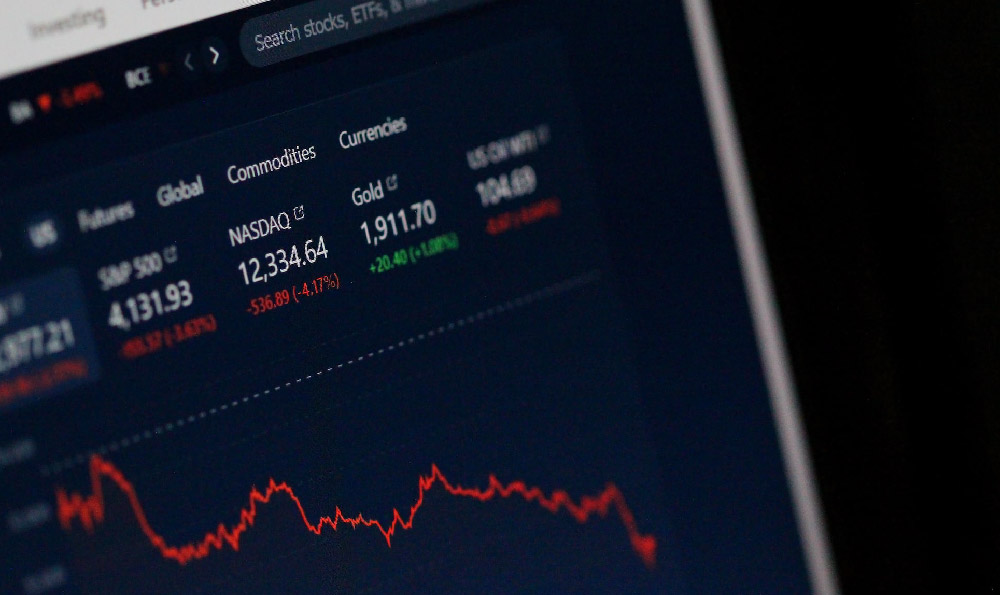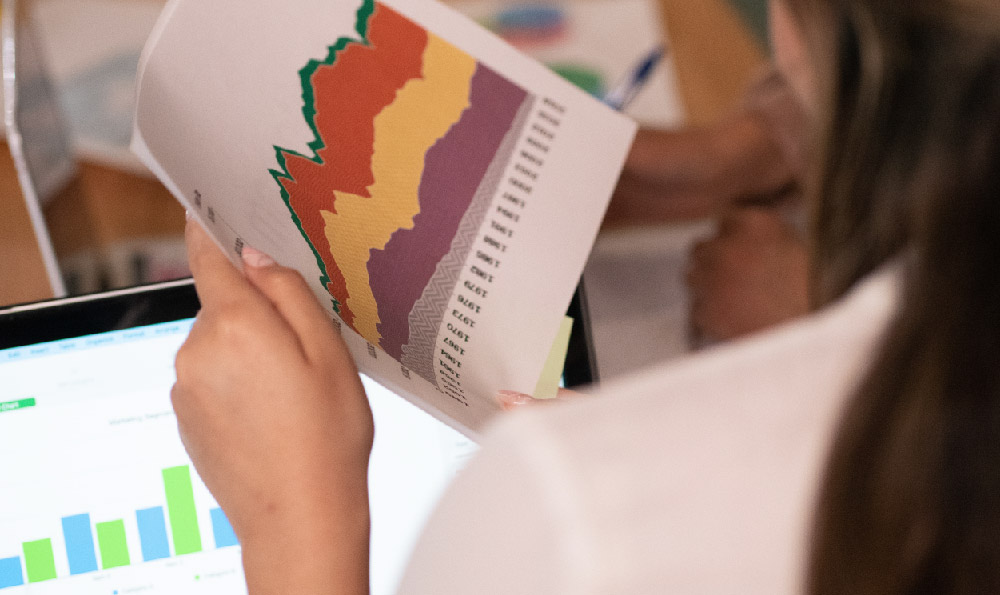Investing in a Fidelity IRA (Individual Retirement Account) is a significant step towards securing your financial future. Fidelity is a reputable brokerage firm offering a wide range of investment options within its IRA accounts. However, navigating the initial steps and understanding your choices can feel overwhelming. Let's break down the process, starting with the basics and then exploring the various investment avenues available.
The first crucial step is determining which type of IRA best suits your individual circumstances. The two primary types are Traditional IRAs and Roth IRAs. The key difference lies in when you pay taxes. With a Traditional IRA, contributions may be tax-deductible in the year they are made, depending on your income and whether you (or your spouse) are covered by a retirement plan at work. Your investment grows tax-deferred, meaning you won't pay taxes until you withdraw the money in retirement. In contrast, with a Roth IRA, contributions are made with after-tax dollars, meaning you don't get an immediate tax deduction. However, your investments grow tax-free, and withdrawals in retirement are also tax-free, provided certain conditions are met (generally, you must be at least 59 1/2 years old and the account must have been open for at least five years).
Choosing between a Traditional and a Roth IRA depends on your current and anticipated future tax bracket. If you expect to be in a lower tax bracket in retirement than you are now, a Traditional IRA might be more advantageous. This is because you get the upfront tax deduction when your tax rate is higher and pay taxes later when your tax rate is lower. Conversely, if you expect to be in a higher tax bracket in retirement, a Roth IRA could be a better choice. While you don't get the immediate tax deduction, all your qualified withdrawals in retirement are tax-free, protecting you from potentially higher tax rates.

Once you've decided on the type of IRA, opening a Fidelity IRA account is a straightforward process. You can easily do this online through Fidelity's website. You'll need to provide personal information such as your Social Security number, date of birth, and contact details. You'll also need to designate a beneficiary, the person or entity who will inherit your IRA assets if you pass away. Fidelity offers excellent customer service, so don't hesitate to contact them if you have any questions during the application process.
With your Fidelity IRA account established, the real work begins: deciding how to invest your money. Fidelity offers a vast array of investment options, catering to different risk tolerances and investment goals. These options can be broadly categorized as follows:
Stocks: Investing in stocks represents ownership in a company. Stocks offer the potential for high growth but also carry the highest risk. Individual stocks can be volatile, meaning their prices can fluctuate significantly in short periods. For beginners, investing in individual stocks can be risky without thorough research and understanding of the company and its industry.
Bonds: Bonds are essentially loans you make to a government or corporation. They typically offer lower returns than stocks but are also generally less risky. Bonds provide a fixed income stream and can help stabilize your portfolio. Different types of bonds exist, including government bonds, corporate bonds, and municipal bonds, each with varying levels of risk and return.
Mutual Funds: Mutual funds pool money from multiple investors to invest in a diversified portfolio of stocks, bonds, or other assets. They are professionally managed, which can be beneficial for beginners. Fidelity offers a wide selection of mutual funds, including index funds, actively managed funds, and target-date funds. Index funds track a specific market index, such as the S&P 500, and typically have very low expense ratios. Actively managed funds are managed by a team of investment professionals who try to outperform the market, but they also tend to have higher expense ratios.
Exchange-Traded Funds (ETFs): ETFs are similar to mutual funds but trade like individual stocks on an exchange. They offer diversification and liquidity, and many ETFs have very low expense ratios. Like mutual funds, ETFs can track market indexes or focus on specific sectors or investment strategies.
Target-Date Funds: These are a specific type of mutual fund designed for retirement investing. They automatically adjust their asset allocation over time, becoming more conservative as you approach your target retirement date. This "glide path" simplifies the investment process, especially for those who are not comfortable actively managing their portfolios. These are an excellent choice for hands-off investors.
Certificates of Deposit (CDs): CDs are savings accounts that hold a fixed amount of money for a fixed period of time, and in exchange, the issuing bank pays interest. They offer a safe and predictable return but typically have lower returns than stocks or bonds. CDs are suitable for short-term savings goals or for conservative investors seeking to preserve capital.
When allocating your investments within your Fidelity IRA, consider your risk tolerance, time horizon, and investment goals. If you are young and have a long time horizon until retirement, you can generally afford to take on more risk by investing a larger portion of your portfolio in stocks. As you get closer to retirement, you might want to shift your portfolio towards a more conservative mix of stocks and bonds to protect your accumulated savings.
A common investment strategy is to diversify your portfolio across different asset classes. This means investing in a mix of stocks, bonds, and other assets to reduce the overall risk of your portfolio. Diversification can help cushion your portfolio against market downturns. Remember, past performance is not indicative of future results, and all investments carry risk.
Fidelity provides excellent tools and resources to help you manage your IRA. Take advantage of their investment research tools, retirement planning calculators, and educational materials to make informed investment decisions. Consider using Fidelity's automated investing platform, Fidelity Go, which can manage your investments for you based on your risk tolerance and goals.
Regularly review your portfolio and make adjustments as needed. Your investment goals and risk tolerance may change over time, so it's important to ensure your portfolio remains aligned with your current circumstances. Rebalance your portfolio periodically to maintain your desired asset allocation. This involves selling some assets that have performed well and buying assets that have underperformed to bring your portfolio back into balance.
Investing in a Fidelity IRA is a long-term commitment. Be patient and disciplined, and don't let short-term market fluctuations derail your long-term investment plan. With careful planning, diversification, and a commitment to staying the course, you can use your Fidelity IRA to build a secure and comfortable retirement. Remember to consult with a qualified financial advisor for personalized advice tailored to your specific situation.












